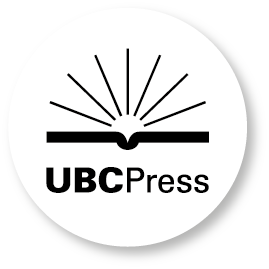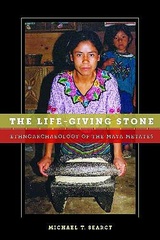
208 pages, 6 x 9
17 b&w illustrations, 1 table
Hardcover
Release Date:11 Nov 2025
ISBN:9780816538720
Archaeological Structuration
A Critical Engagement for the Twenty-First Century
The University of Arizona Press
Archaeological Structuration is a critical analysis of the theory of structuration and its utility in the study of societal development over deep time. Structuration theory was originally developed by Anthony Giddens in sociology and adopted piecemeal into archaeology. This book takes a closer look at its contributions to new materialism and develops novel ways to operationalize the theory in archaeological research in the twenty-first century.
To illustrate the usefulness of structuration theory, archaeologist Michael T. Searcy deploys it to uncover new understandings of ancient societies, particularly focusing on the Casas Grandes civilization in precolonial northern Mexico. Spanning more than seven hundred years, this society exemplifies the rise of social complexity in the Western Hemisphere. Searcy reexamines previous hypotheses about major structural shifts during the twelfth and thirteenth centuries CE, providing fresh insights and updated perspectives.
This book not only revisits the foundational influence of structuration theory but also introduces new methodologies to study the longue durée, the long-term historical trajectories of ancient societies. Searcy deftly bridges the gap between theoretical frameworks and practical archaeological applications, providing a thorough analysis of how structuration can address real-world problems through the lens of ancient societal transformations.
To illustrate the usefulness of structuration theory, archaeologist Michael T. Searcy deploys it to uncover new understandings of ancient societies, particularly focusing on the Casas Grandes civilization in precolonial northern Mexico. Spanning more than seven hundred years, this society exemplifies the rise of social complexity in the Western Hemisphere. Searcy reexamines previous hypotheses about major structural shifts during the twelfth and thirteenth centuries CE, providing fresh insights and updated perspectives.
This book not only revisits the foundational influence of structuration theory but also introduces new methodologies to study the longue durée, the long-term historical trajectories of ancient societies. Searcy deftly bridges the gap between theoretical frameworks and practical archaeological applications, providing a thorough analysis of how structuration can address real-world problems through the lens of ancient societal transformations.
This book provides a welcome reconsideration of the use of structuration and the work of Giddens in archaeology, showing that this concept has not yet been used to its full potential. The text provides an excellent overview of the history of this body of theory and clear and concise examples of applications in archaeology and beyond.’—Matthew A. Peeples, author of Connected Communities: Networks, Identity, and Social Change in the Ancient Cibola World
Michael T. Searcy is a professor of anthropology, chair of the anthropology department at Brigham Young University, and director of the New World Archaeological Foundation.

















